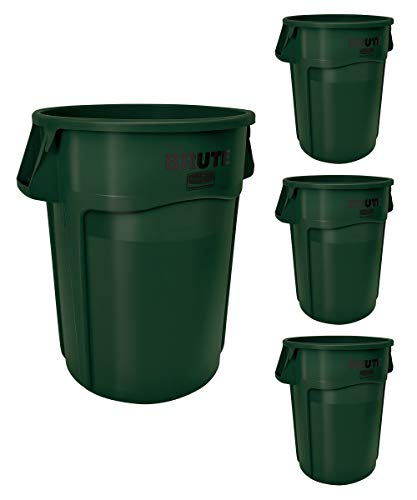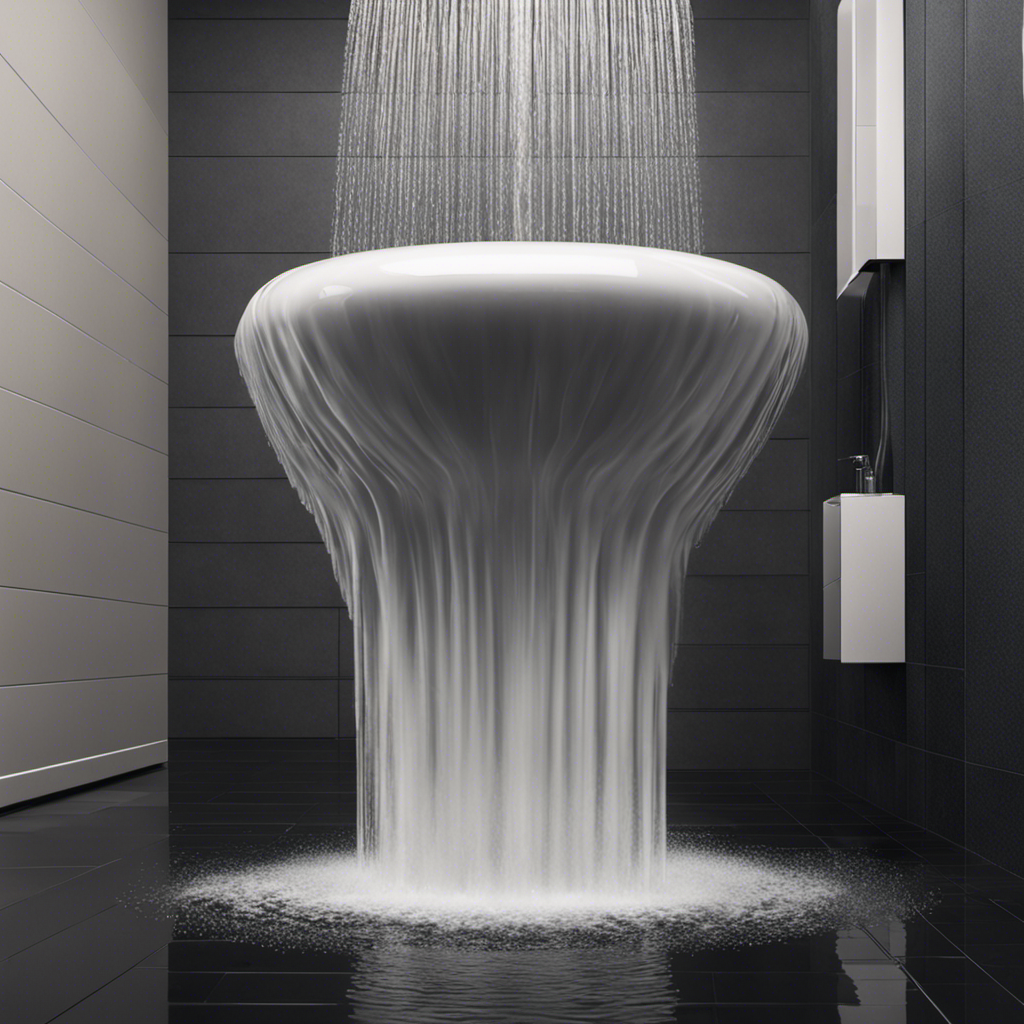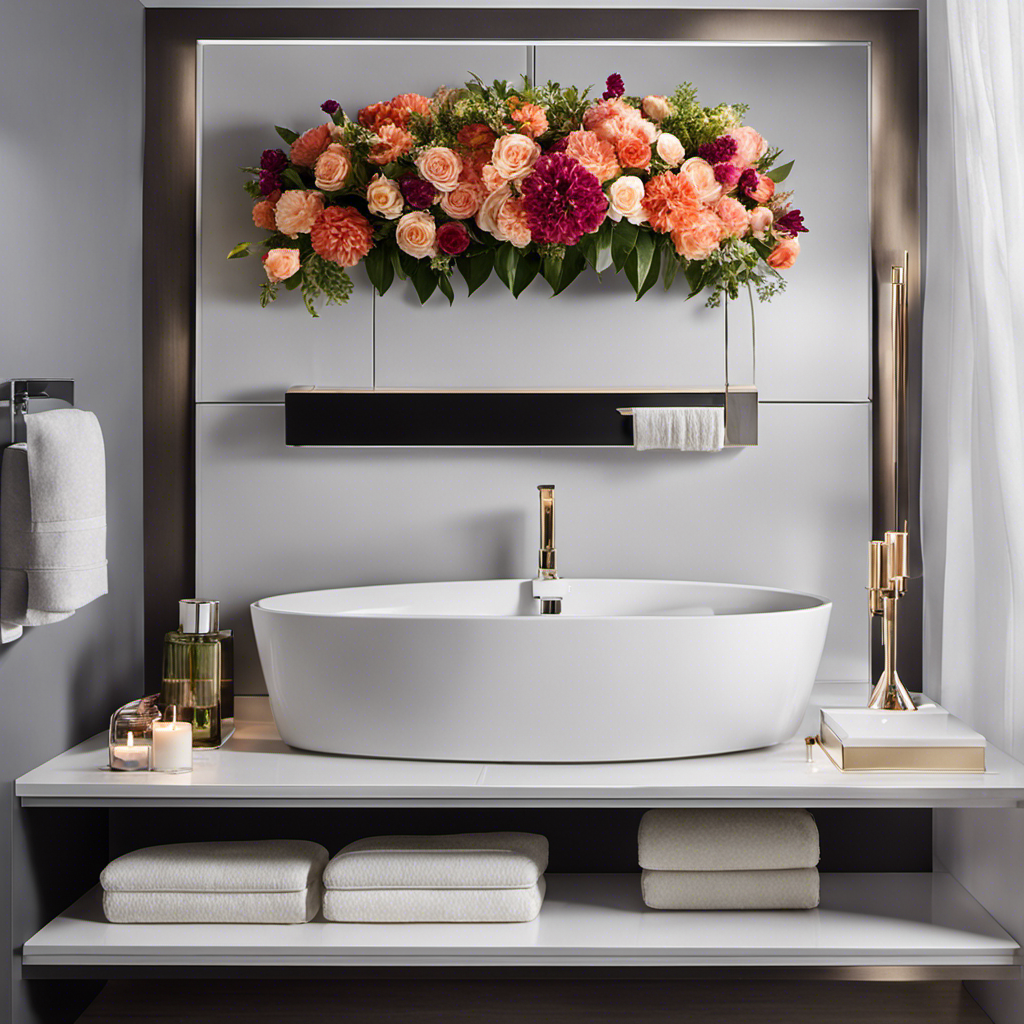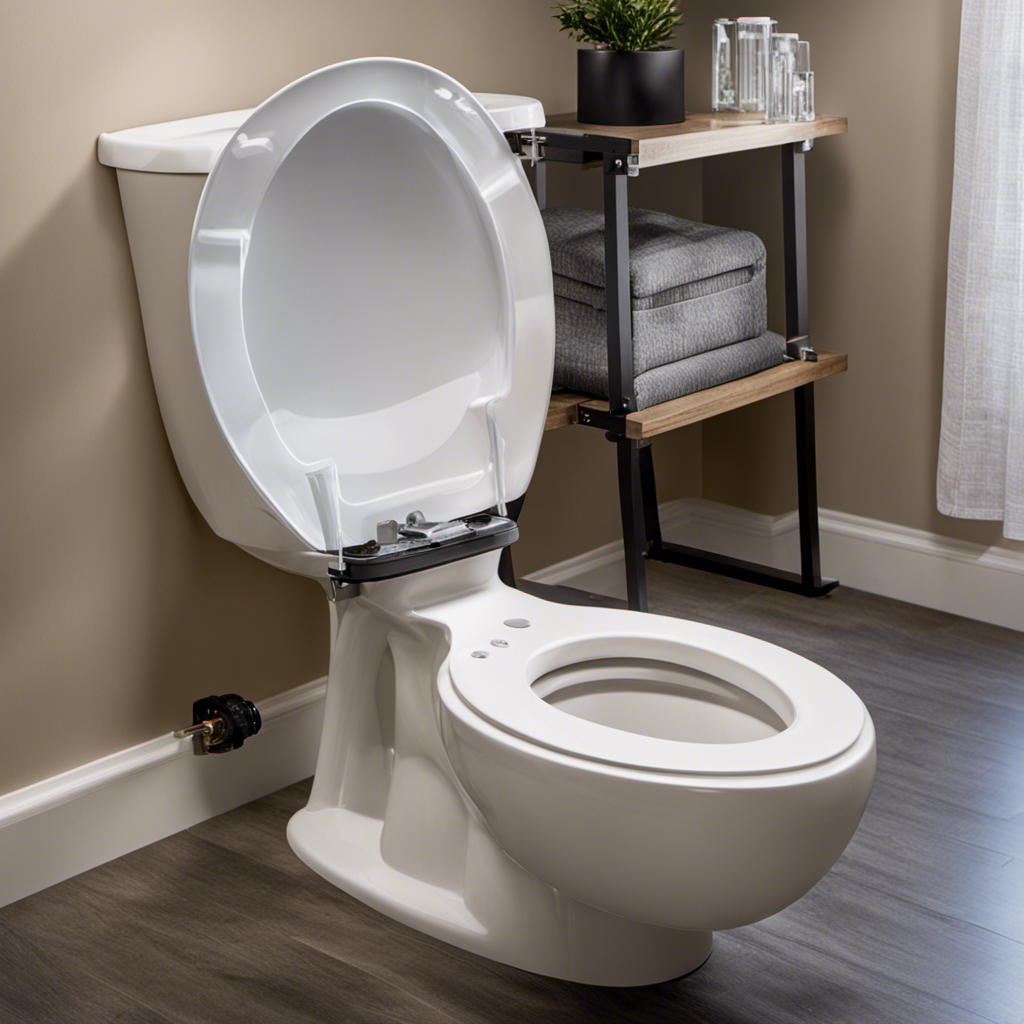Ironically, the unsung hero of a properly functioning toilet is not the flush or the plumbing, but rather the often overlooked venting system. Toilet venting serves a vital purpose in maintaining effective plumbing, preventing clogs, and eliminating unpleasant odors.
By controlling air pressure and expelling sewer gases, this system ensures proper flushing, waste removal, and water level regulation. Neglecting toilet venting can lead to frustrating issues such as inadequate flushing, strange noises, and even water loss.
In this article, we will explore the functions and importance of toilet venting for effective plumbing.
Key Takeaways
- Toilet venting is essential for maintaining proper air pressure in drain pipes and preventing sewer smells.
- Venting ensures effective waste removal, prevents clogs and blockages, and maintains a consistent water level in the toilet bowl.
- Without proper venting, toilets may experience issues such as inability to flush properly, gurgling sounds, bad odors, and loss of water in the bowl.
- There are different options for toilet venting, including straight vent connections, venting under the toilet, street elbow and wye connections, wet venting, and air admittance valves.
The Purpose of Toilet Venting
Toilet venting serves the purpose of preventing sewer smells and maintaining proper flushing by releasing smelly air down the pipes. The benefits of proper toilet venting are numerous.
Firstly, it ensures effective waste removal by allowing proper flushing. Without venting, the toilet may not flush properly, leading to clogs and blockages in the drain.
Additionally, venting regulates air pressure, maintaining a consistent water level in the toilet bowl. Dropping or rising water levels may indicate a vent issue.
Furthermore, proper venting prevents strange noises in the toilet bowl, ensuring a quiet and efficient system.
Troubleshooting common venting issues is crucial to maintaining a well-functioning toilet. Gurgling noises, bad odors, and water loss in the toilet bowl are signs of venting problems that need to be addressed.
Overall, proper toilet venting is essential for a fully functional and odor-free bathroom.
The Role of Air Vents in Plumbing Systems
Maintaining proper air pressure and preventing sewer smells, the vent pipe plays a crucial role in regulating the flow of waste in the plumbing system. Proper ventilation in plumbing systems offers several benefits, including efficient waste removal, prevention of clogs and blockages, and a consistent water level in the toilet bowl. Common signs of a venting problem in toilets include dropping or rising water levels, strange noises such as gurgling, and unpleasant odors in the bathroom. To grab the attention of the audience, let’s take a look at the following table:
| Benefits of Proper Ventilation | Common Signs of Venting Problems in Toilets |
|---|---|
| Efficient waste removal | Dropping or rising water levels |
| Prevention of clogs | Gurgling noises |
| Consistent water level | Unpleasant odors |
Consequences of Inadequate Toilet Venting
Inadequate venting can lead to a variety of issues. These include improper waste disposal, unpleasant odors, and disruptive gurgling sounds.
When a toilet is not properly vented, it cannot flush and dispose of waste properly. This can result in clogs and blockages in the toilet drain.
Additionally, without proper ventilation, bad odors can go back into the bathroom, making it an unpleasant environment. Another consequence of inadequate venting is that the toilet bowl may lose water, indicating a vent issue. Gurgling noises may also occur due to improper venting.
Troubleshooting common venting problems involves checking the vent pipe for blockages or obstructions and ensuring that it is properly connected.
It is important to address these venting issues to ensure a well-functioning and efficient plumbing system.
Different Options for Toilet Venting
Properly venting a toilet is essential for maintaining a well-functioning and efficient plumbing system. Toilet venting provides several benefits, including preventing clogs and blockages in the toilet drain, regulating air pressure to maintain a consistent water level in the toilet bowl, and ensuring a quiet and efficient toilet system.
There are different types of venting systems that can be used for toilet venting. These include the straight vent connection, which uses a wye fitting and a tee sanitary connection pipe to release air through the roof, venting connection under the toilet, which places the vent on the vertical waste pipe before it reaches the turning point, and wet venting, which uses a wide pipe to transfer waste and air, connecting multiple fixtures in the bathroom.
Alternative options such as air admittance valves can also be used to reduce negative pressure in the waste disposal system.
Alternatives to Roof-Based Venting
Using alternative options, such as a main stack installed in the wall or an air admittance valve, can provide effective venting for toilets in buildings where venting through the roof is not feasible.
Air admittance valves, in particular, offer several benefits for toilet venting. These valves are designed to reduce negative pressure in the waste disposal system, preventing issues such as gurgling sounds and bad odors.
Installing a cheater valve for toilet venting is a relatively straightforward process. First, locate the main drain pipe and cut a section of it. Next, connect the cheater valve to the cut section using appropriate fittings and secure it tightly. Finally, test the system by flushing the toilet and checking for proper venting.
With these alternative options, proper venting for toilets can still be achieved, ensuring a functional and odor-free plumbing system.
Rating, Feedback, and Additional Information
Rating the post by clicking on a star is a simple way for readers to provide feedback on its usefulness. It allows users to easily rate the post based on their satisfaction and helps the author understand the impact of their content.
Providing feedback on the usefulness of the post is another valuable way for readers to contribute. Suggestions on how to improve the post can be submitted, allowing for continuous improvement and refinement of the information provided.
Leaving a comment with opinions or questions further encourages engagement and discussion. These interactive features create a dynamic platform for readers to share their thoughts and experiences, enhancing the overall value of the content.
Frequently Asked Questions
How Does Toilet Venting Prevent Sewer Smells From Entering the Home?
Toilet venting prevents sewer smells from entering the home by releasing sewer gases out through the roof. Without proper venting, the toilet would be a closed plumbing system, leading to bad odors and potential clogs.
Can a Toilet Function Properly Without a Vent Pipe?
A toilet cannot function properly without a vent pipe. Without proper venting, the toilet may not flush waste effectively, result in strange gurgling sounds, and allow bad odors to enter the bathroom. Alternative venting options can be explored.
What Are the Signs of a Venting Problem in a Toilet?
Signs of a venting problem in a toilet include gurgling sounds, bad odors, and water loss in the bowl. Troubleshooting venting issues involves checking for blockages, ensuring proper vent pipe installation, and considering alternative venting options.
What Are the Benefits of Using an Air Admittance Valve as an Alternative to Roof-Based Venting?
Air admittance valves provide an alternative to roof-based venting. They eliminate the need for vent pipes through the roof, reducing installation complexity and costs. However, they may not be allowed by local building codes and can fail over time.
Are There Any Alternative Options for Venting a Toilet if Venting Through the Roof Is Not Possible?
Alternative options for toilet venting in buildings without roof access include installing a main stack in the wall or using air admittance valves. These solutions provide effective ventilation, preventing issues such as improper flushing and unpleasant odors.
Conclusion
In conclusion, toilet venting serves a crucial function in ensuring the effective operation of plumbing systems. By controlling air pressure in drain pipes and expelling sewer gases, it allows for proper flushing, prevents clogs and blockages, and regulates water levels in the toilet bowl.
Failure to vent a toilet can lead to various issues such as ineffective waste removal, gurgling sounds, unpleasant odors, and water loss.
With various venting options available, including alternative options for non-roof venting, it is essential to choose the appropriate method to maintain the optimal functioning of toilets.











